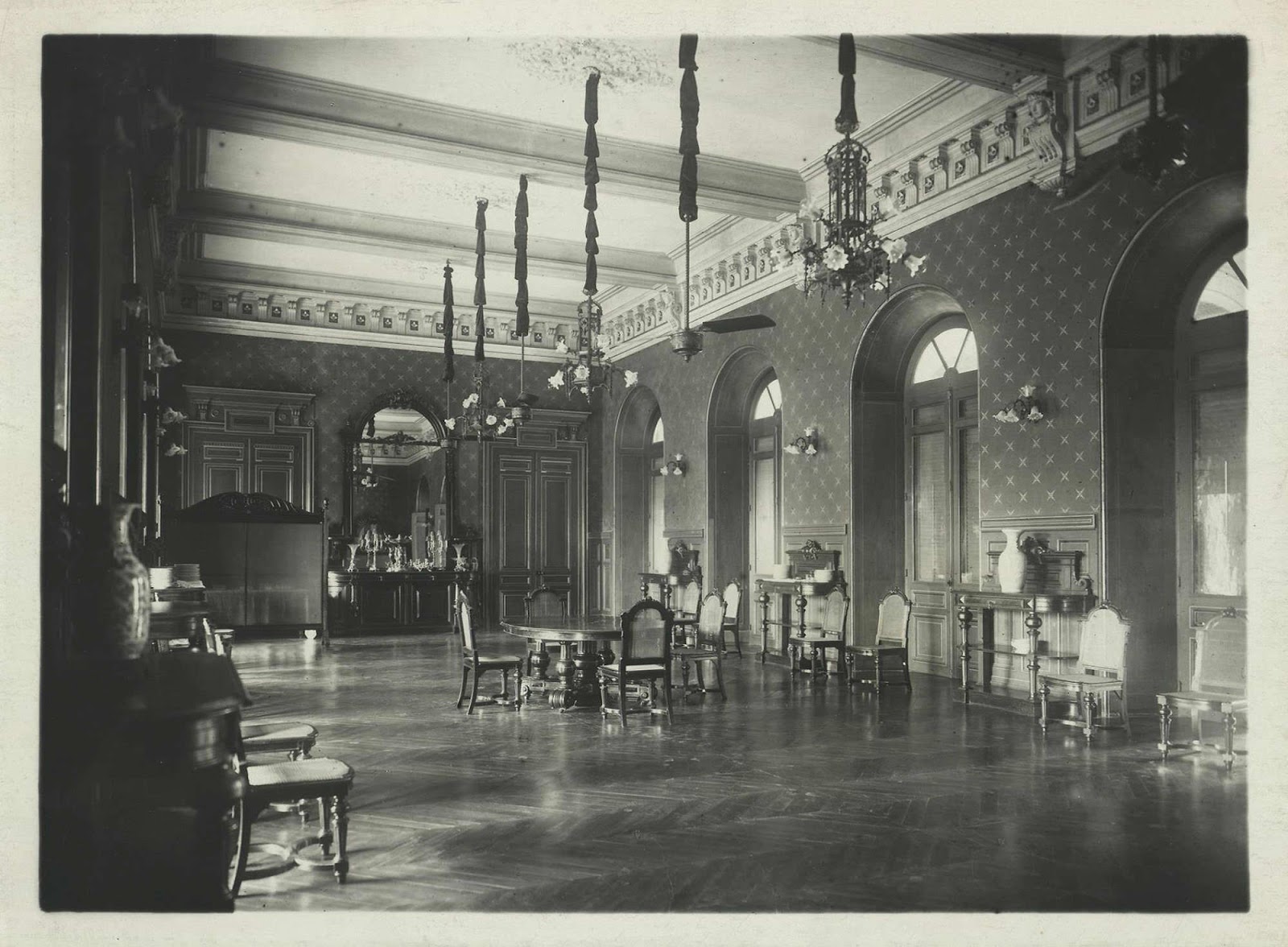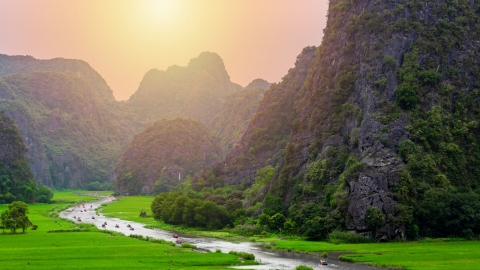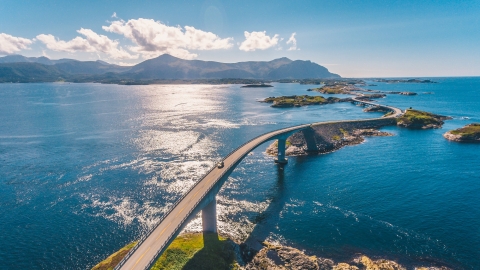INDEPENDENCE PALACE (HCMC)
The Independence Palace was once the residence and workplace of the President of the Republic of Vietnam. The Palace had many different names over the periods such as: Norodom Palace (1889-1954), Prime Minister's Palace (1954-1956), Independence Palace (1956-1976) and today is Reunification Hall. The Independence Palace is not only a unique architectural work but also associated with many important historical events of the country, and has been ranked by the Government as a special national monument.

Built by the French, the Independence Palace was once considered the most beautiful public building in Asia. The frontage is 80 meters wide, the living room can accommodate up to 800 people, surrounded by a large garden with all kinds of plants. In front of the Palace, at the foot of the flagpole, there is an ancient cannon, adding to the majestic beauty of the building.

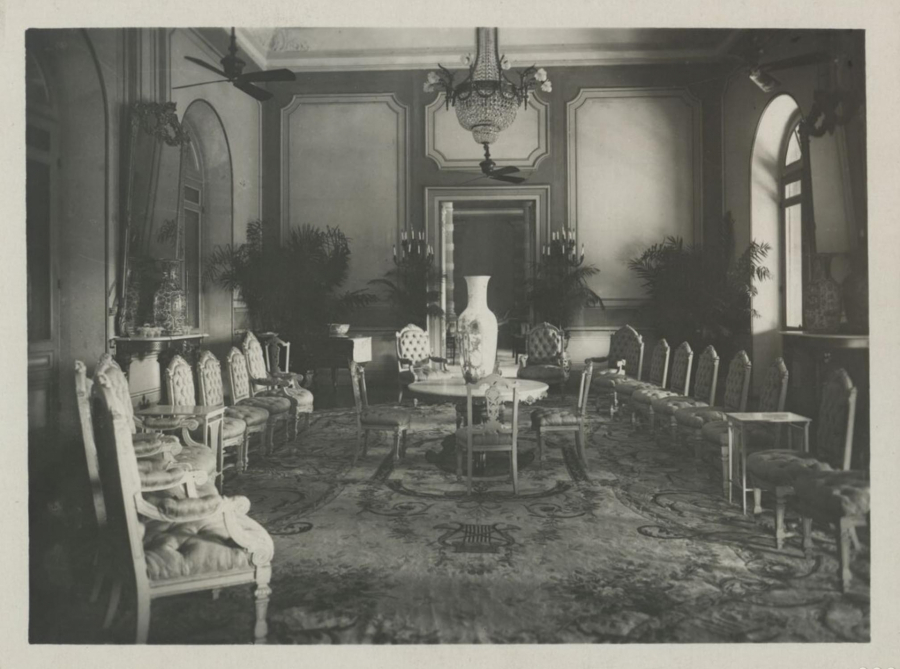
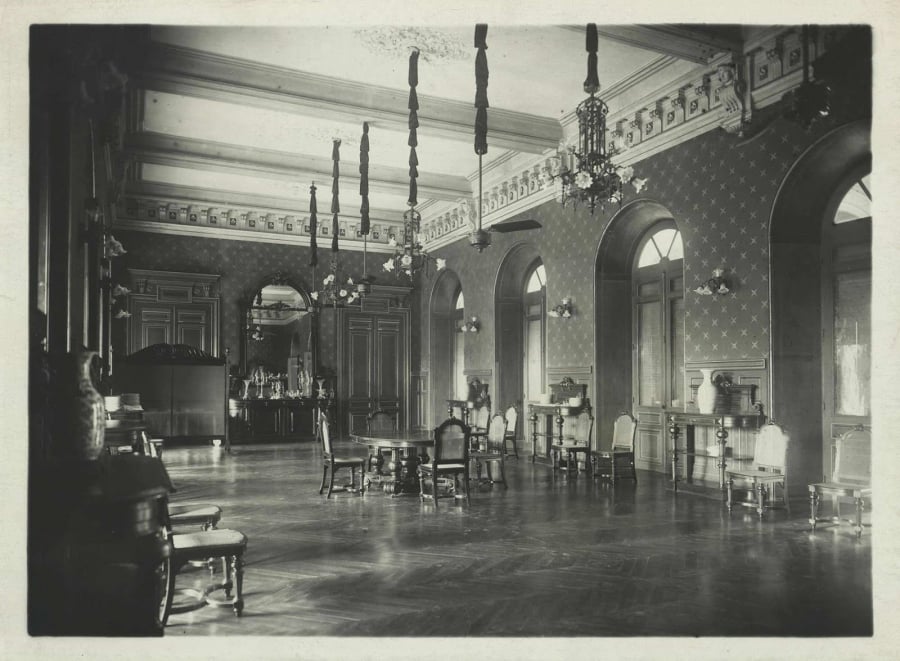
Since its completion (1873), the Palace has always been chosen by the Saigon government as the location for its headquarters, a place that witnessed foreign military intervention causing devastating wars in Vietnam. It was not until 10:45 a.m. on April 30, 1975, that tanks of the liberation army crashed through the gate, entered the Palace and paved the way for the North-South unification event. With its important historical significance, in 1976, the Palace was specially recognized by the state as a historical and cultural relic of the Independence Palace.

Today, the Independence Palace is a meeting place for the Government, a place to welcome heads of state, and a national historical and cultural relic visited by many domestic and foreign tourists.
Cu Chi Tunnels Relics (HCMC)
Cu Chi Tunnels is a famous revolutionary historical site, located in Phu My Hung Commune, Cu Chi District, 70 km northwest of Ho Chi Minh City. The tunnels were built in 1940 during the resistance war against French colonialism and were a shelter for the Viet Minh army during the war. Currently, Cu Chi Tunnels is one of the tourist destinations in Ho Chi Minh City that is frequently visited by city residents and visitors from near and far.

The tunnel system is divided into 3 different levels, from the backbone radiate long branches, short branches connecting with each other, stretching over 200 km. Level 1 is 3 m above the ground, can withstand artillery shells and the weight of armored vehicles and tanks. Level 2 is 5 m above the ground, can withstand small bombs. Level 3 is quite safe and is 8-10 m above the ground, large bombs cannot reach.
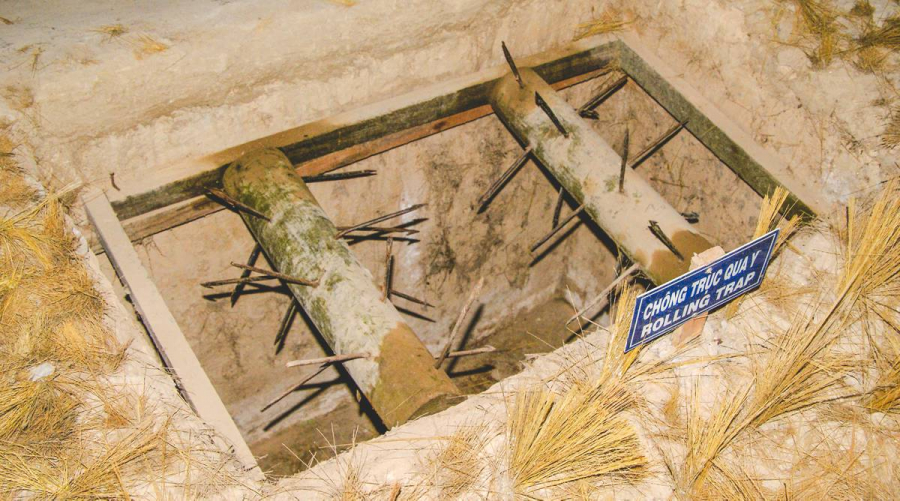
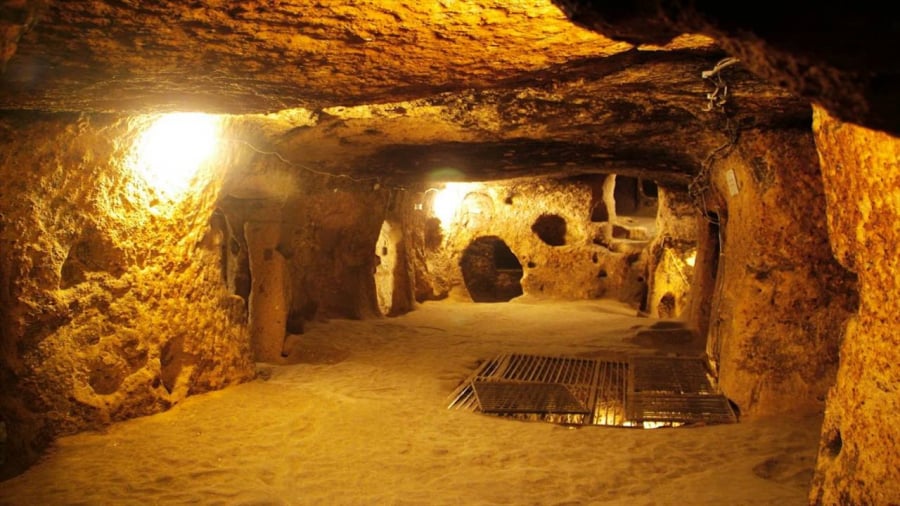
On the ground and inside the tunnels, there are many fighting positions, minefields, nail holes, spike pits... arranged in interconnected clusters, creating a solid battlefield in the guerrilla warfare. National Geographic TV channel voted Cu Chi tunnels as "one of the greatest man-made tunnels in the world".
CON DAO HISTORICAL RELICS SITE (CON DAO, VUNG TAU)
Historically, the French colonial government and the American empire built 127 prison cells, 42 solitary confinement cells and 504 solitary confinement cells (“tiger cages”) in the Con Dao area. After the country was completely unified (1975), the function of the prison system in Con Dao was dissolved. In 1979, the Con Dao Historical Relic Site was ranked as a National Monument by the Ministry of Culture, Sports and Tourism.
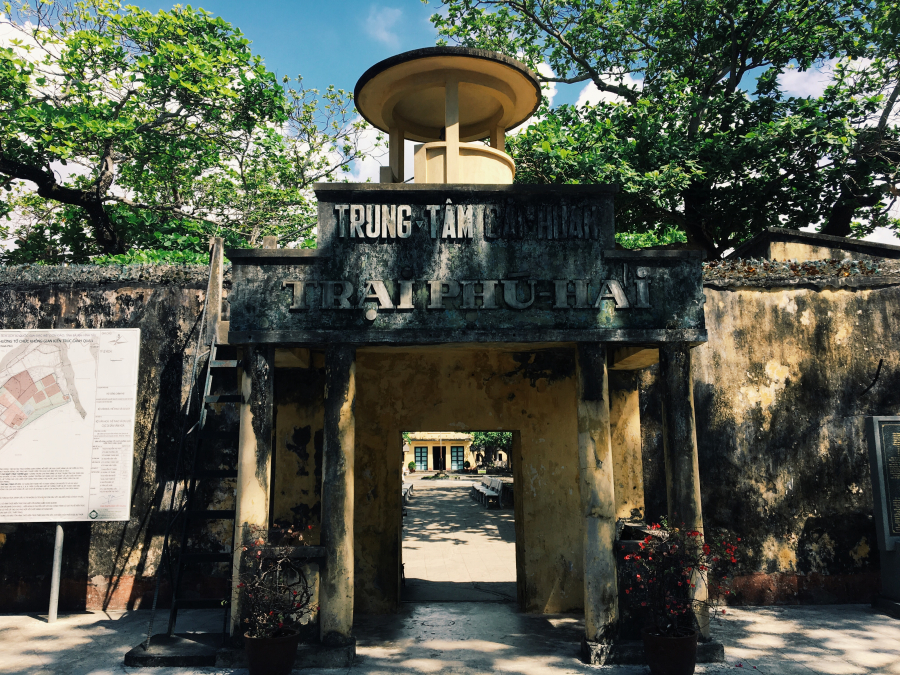
Con Dao historical relic site includes the prison system in Con Dao and the cemeteries belonging to this prison system. Among the 17 component relics, we can mention: the Island Lord's House - total area of 18,600 m2, which was the residence and workplace of 53 Island Lords during the time the prison system in Con Dao maintained its operations; Wharf, located in the center of the main beach of Con Dao town (in front of the Island Lord's house), built in 1873, was the place that witnessed the first humiliation of those who were sent to the island for imprisonment; 9 prisons numbered from 1 to 9; the isolated "cow barn" area, also known as the "prisoner's cemetery"; Hang Duong cemetery, with an area of about 20 hectares, the resting place of tens of thousands of revolutionary soldiers and Vietnamese people who sacrificed their lives under the yoke of imprisonment...
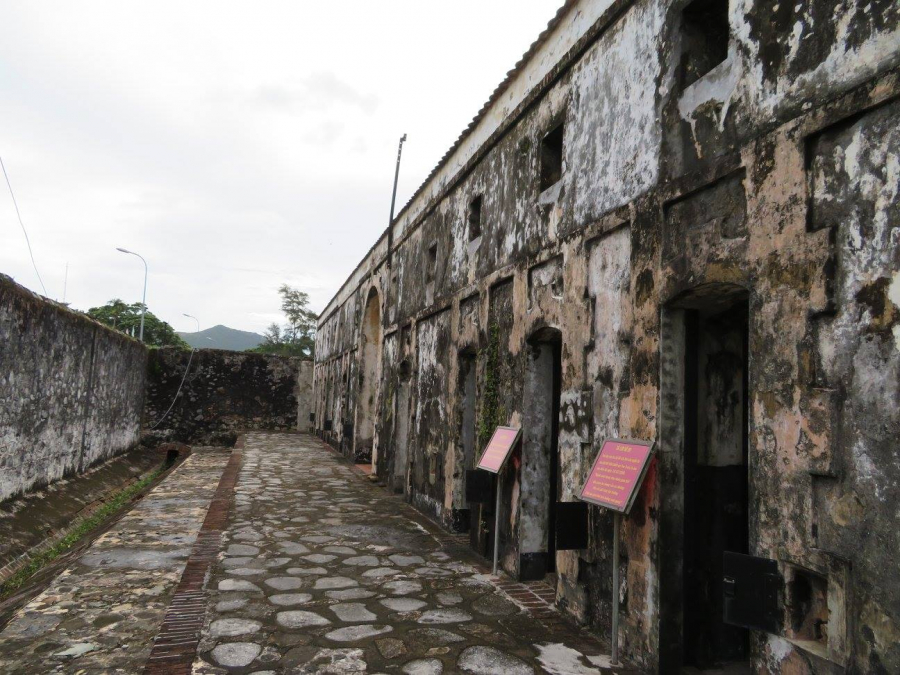
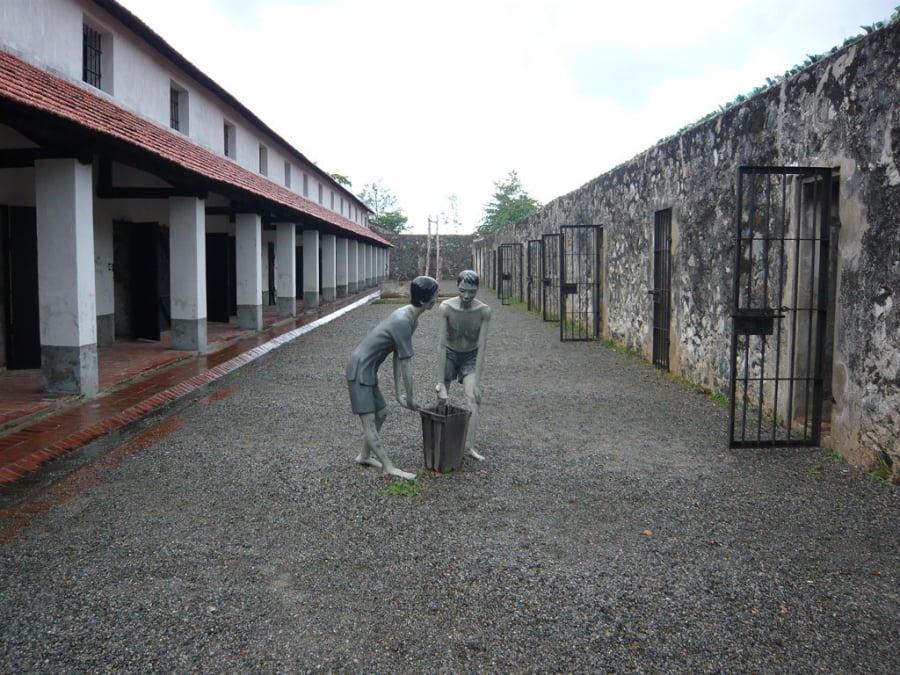
Con Dao Prison is the most concentrated place of the notorious French and American prison system, typical of the forced imprisonment, torture and massacre of revolutionary soldiers. But at the same time, this is also a "Communist school" that trains the qualities and will of Communist soldiers on the prison front.

With the special historical, cultural and scientific values of the Relic, the Prime Minister decided to rank the Con Dao Prison Historical Relic as a special national relic in 2012.
TRUONG SON ROUTE - HO CHI MINH ROUTE
During the resistance war against the US to save the country, the Truong Son - Ho Chi Minh trail in Quang Binh, Quang Tri, Thua Thien Hue played an important role in transporting and supporting human and material resources to the southern battlefield, liberating the nation. The war has passed, the historical relic of the Truong Son - Ho Chi Minh trail has become a destination for tourists on their journey back to the source.
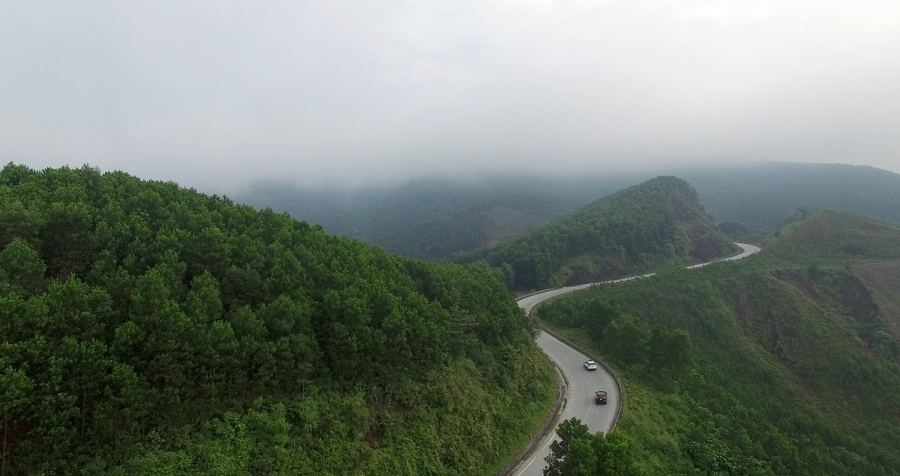
Many relics on the Truong Son road system are associated with the glorious and heroic feats of arms of soldiers, youth volunteers and people of the land of fire. Places such as A So, A Luoi, Khe Ho (Vinh Linh) airports, Ben Tat suspension bridge, Forward Command Station of Command 559, Truong Son National Martyrs Cemetery, Ta Con airport... have been and are being increasingly exploited and promoted by local authorities to attract tourists.

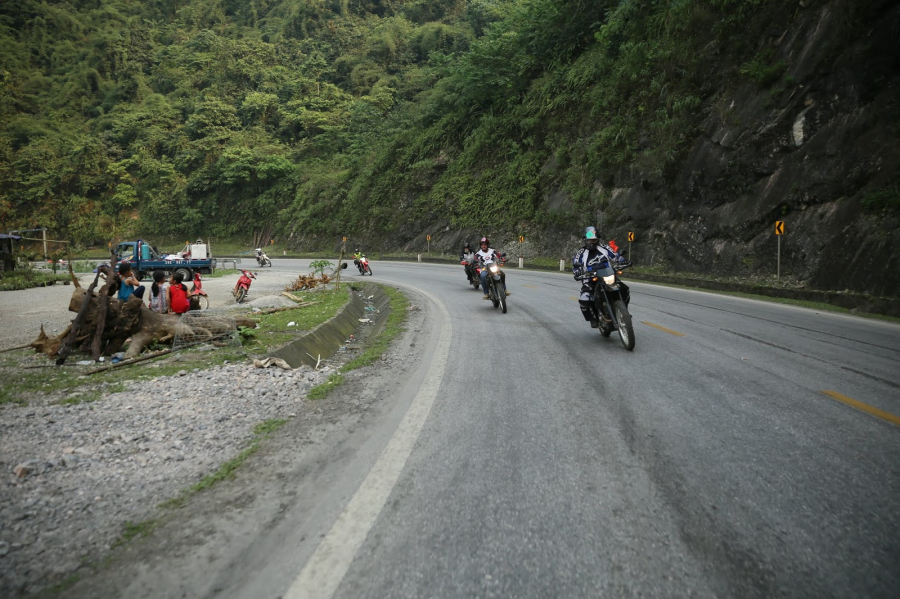
Every year, provinces have plans to protect, restore and embellish historical relics. Many relics on Truong Son Road are indispensable destinations for tourists as well as travel agencies. At the relics, there is a systematic management force, there are guides, attentive tourist services and solemn investment.
VUNG CHUA - SWALLOW ISLAND (QUANG BINH)
Vung Chua - Yen Island has a curved terrain like a fan, surrounded by Hon La, Hon Gio, Hon Nom. Because it is surrounded by Hon, the wind can hardly penetrate, so people call it "Vung". In the past, there was a very sacred pagoda here, so people named it Vung Chua. This natural, wild tourist destination is the burial place of General Vo Nguyen Giap - "the excellent and close student of President Ho Chi Minh", one of the 10 greatest generals in world history of all time.
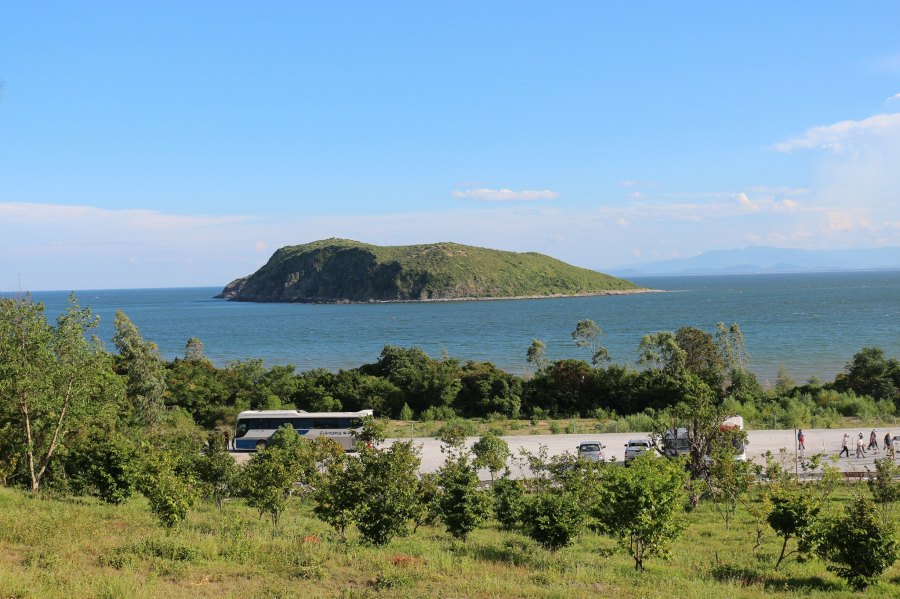
The burial site of the General is located at an altitude of 110 m, the cape stretches out to the sea, facing Yen Island, behind is Vung Chua Mountain, about 1 km from Dragon Cape. From the top of the General's tomb, you can see the vast ocean, with cool breezes blowing all year round.
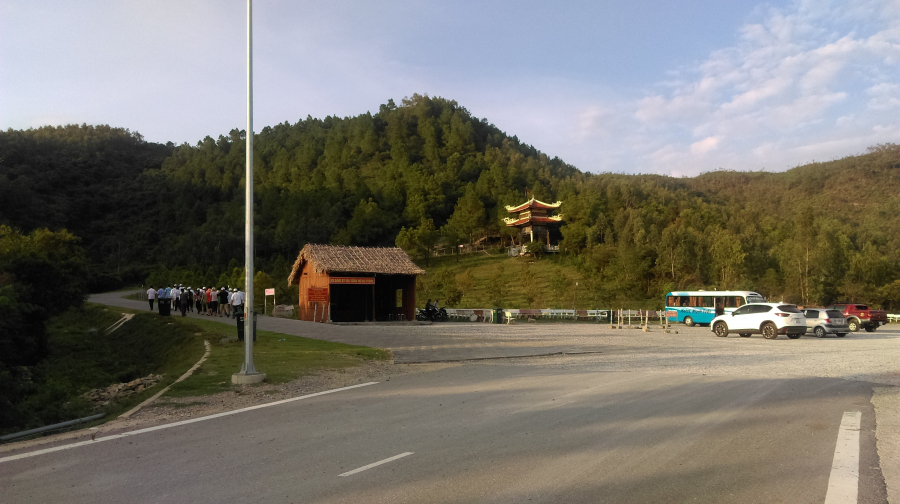
When visiting the tomb of General Vo Nguyen Giap, you will have the opportunity to visit and offer incense at the temple of Princess Lieu Hanh, explore Yen Island, Dragon Mountain, Da Nhay Beach or enjoy rustic dishes and fresh seafood of the Quang Binh island region.
PRESIDENT HO CHI MINH MEMORIAL AREA (KIM LIEN, NGHE AN)
The historical site of President Ho Chi Minh Memorial Site in Kim Lien - Nam Dan is considered one of the four most important relics in Vietnam about President Ho Chi Minh. Located in the two communes of Kim Lien and Nam Giang, this place preserves many documents, artifacts, cultural and historical spaces about Uncle Ho's childhood as well as his family members.
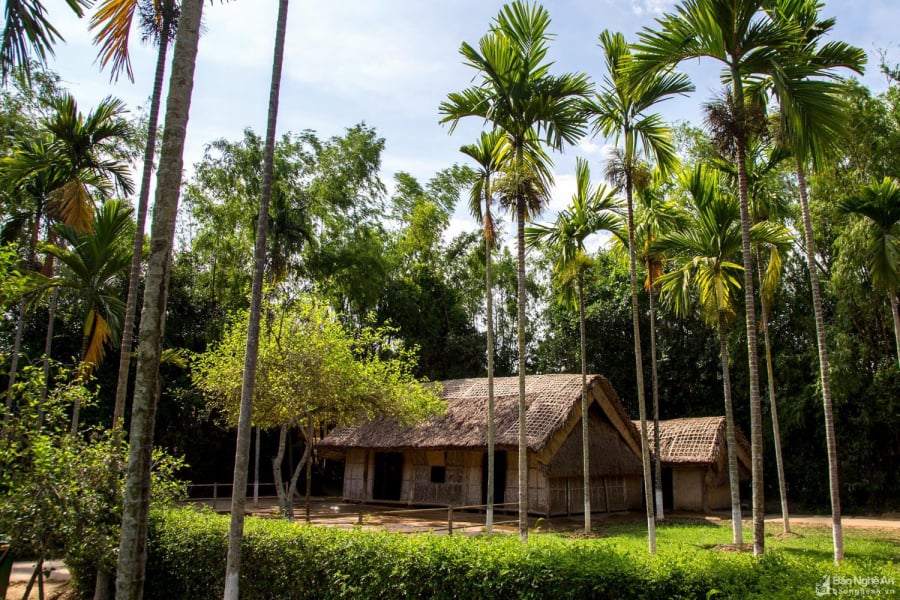
The memorial site includes two main relic clusters: the relic cluster in the paternal hometown (Sen village, Kim Lien commune) and the relic cluster in the maternal hometown (Hoang Tru village, Kim Lien commune). Every year on holidays, especially on Uncle Ho's birthday, people from all over the country come here to visit the relic site to commemorate his contributions. The relic site is also the venue for many major political activities, ceremonies of all levels of government and organizations, and is also an attractive tourist destination for domestic and foreign visitors.
Dien Bien Phu Battlefield Relics (Dien Bien Phu)
Dien Bien Phu battlefield relics are a complex of historical relics located in Dien Bien province, recording the feats of the Vietnam People's Army in the Dien Bien Phu campaign. The prominent relics of the Dien Bien battlefield in the past include: hills A1, C1, C2, D1, Hong Cum stronghold, Him Lam, Doc Lap hill, Muong Thanh bridge, Muong Thanh airport (now Dien Bien Phu airport) and the command bunker of the Dien Bien Phu stronghold.


In 2014, the Dien Bien Phu Victory Museum, part of the Relics Complex, was inaugurated to celebrate the 60th anniversary of the Dien Bien Phu victory, with a total area of 22,000 m². It displays nearly 1,000 artifacts about the years of resistance against French colonialism in general and the Dien Bien Phu campaign in particular.
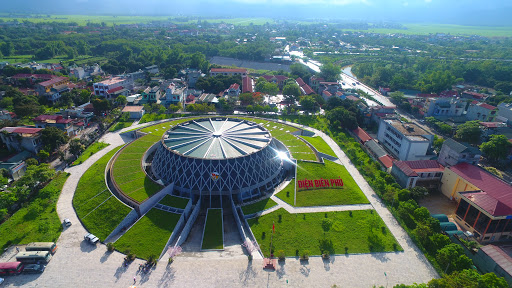
Currently, the Dien Bien Phu battlefield relic site has been included in the list of 23 special national relics.
PAC BO RELIC SITE (CAO BANG)
Pac Bo relic site is a special national revolutionary historical relic site of Vietnam, the starting point (km 0) of Ho Chi Minh trail. The relic site includes: Uncle Ho memorial house, Coc Po cave, Lung Lan cave, Nguom Vai cave, Lenin stream, the stone table where Uncle Ho worked, the foundation of Mr. Ly Quoc Sung's house, the foundation of Mr. La Thanh's house...
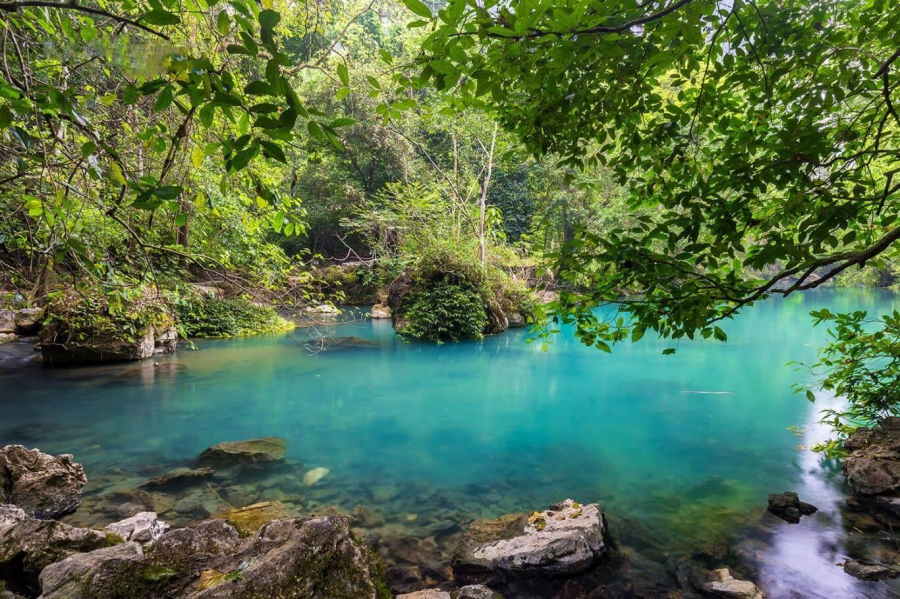
On February 8, 1941, when he returned to Vietnam, President Ho Chi Minh lived and worked in Coc Bo cave (a local name meaning "source"). He named the stream in front of the cave Lenin stream and the mountain where the cave is located Karl Max mountain.
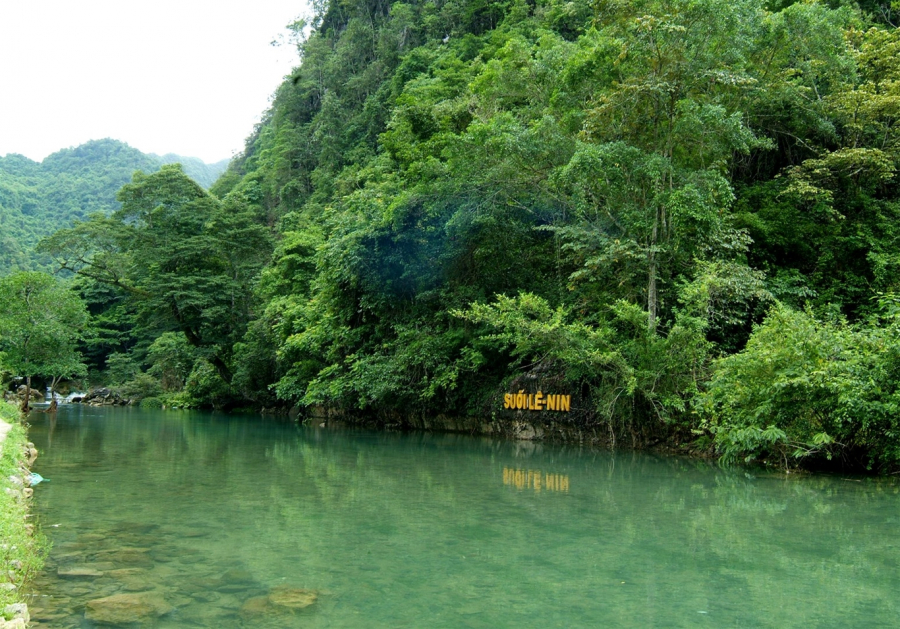
Before 1979, Coc Po cave was about 15 m wide.2In front of the cave, there is a large underground stream flowing from the rocky mountain. The source of the stream is on the north side of this mountain and belongs to Chinese territory. During the 1979 Vietnam-China border war, the Chinese army used mines to destroy Coc Po cave.
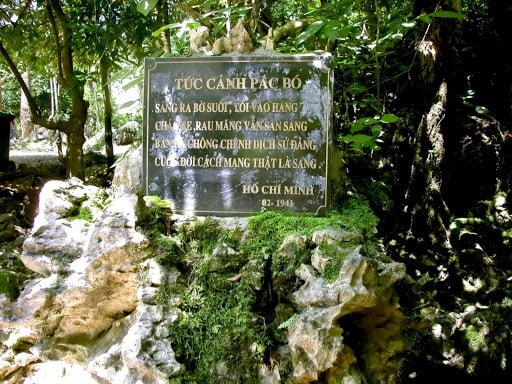
Today, Coc Po cave has been partially restored to serve tourists. Pac Bo historical site has also been ranked as a special national monument by the Prime Minister.
HOA LO PRISON (HANOI)
Hoa Lo Prison is a famous place because it was once the place to detain many great Vietnamese revolutionaries during the Indochina War and American pilots during the Vietnam War.
The prison was built by the French colonialists in 1896 on land belonging to Hoa Lo village (specializing in making clay pots, clay pots and clay stoves, sold throughout the capital), at that time on the outskirts of the city with the largest scale and most solidity in Indochina, with a total area of 12,908 m2The French name of the prison is Maison Centrale, in Vietnamese it is Central Prison, at that time it was often called Hanoi Prison.
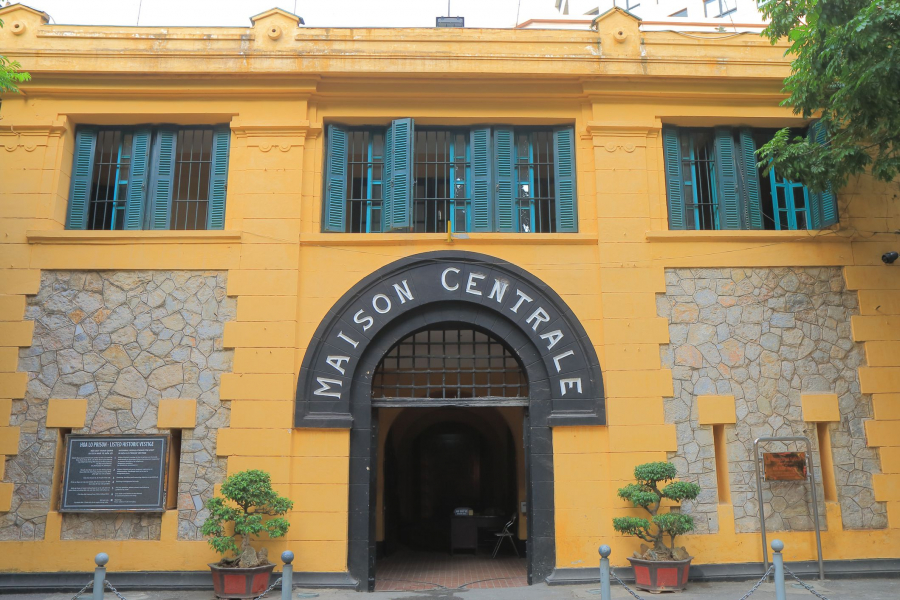
Here, the colonial authorities once applied a harsh prison regime, using all means of torture, brutally beating and imprisoning tens of thousands of Vietnamese patriots and revolutionaries. Many revolutionaries sacrificed their lives, but many others turned the prison into a "school", a place to enlighten and propagate the Party's revolutionary line.
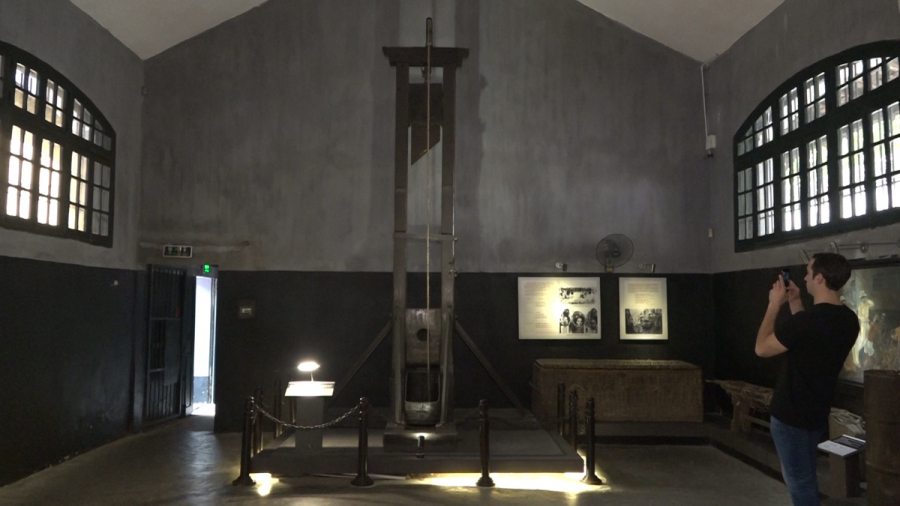
In 1997, the site was recognized as a historical relic by the Ministry of Culture, Sports and Tourism. Today, Hoa Lo Prison is still one of the must-see destinations for foreign tourists when visiting the capital.





